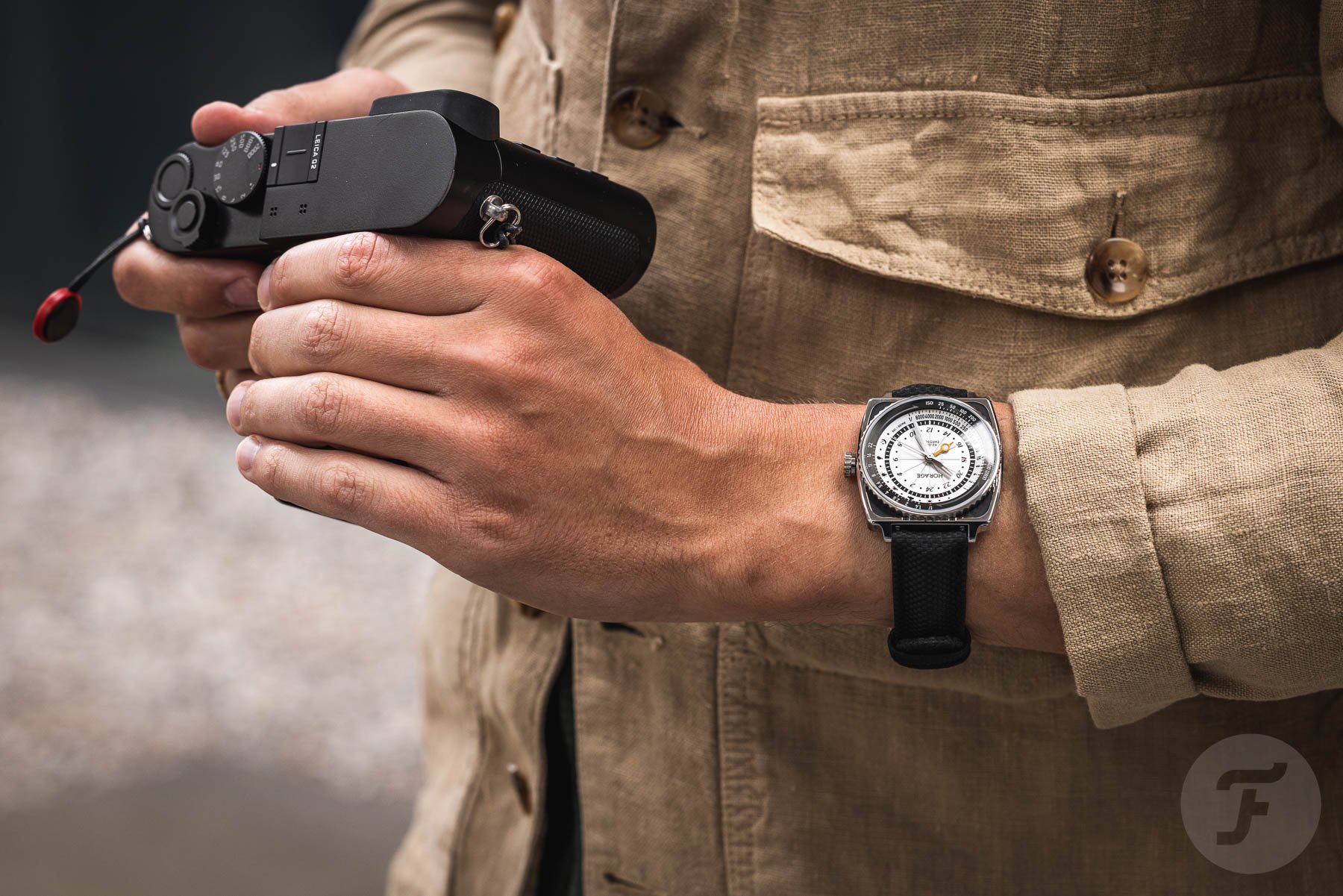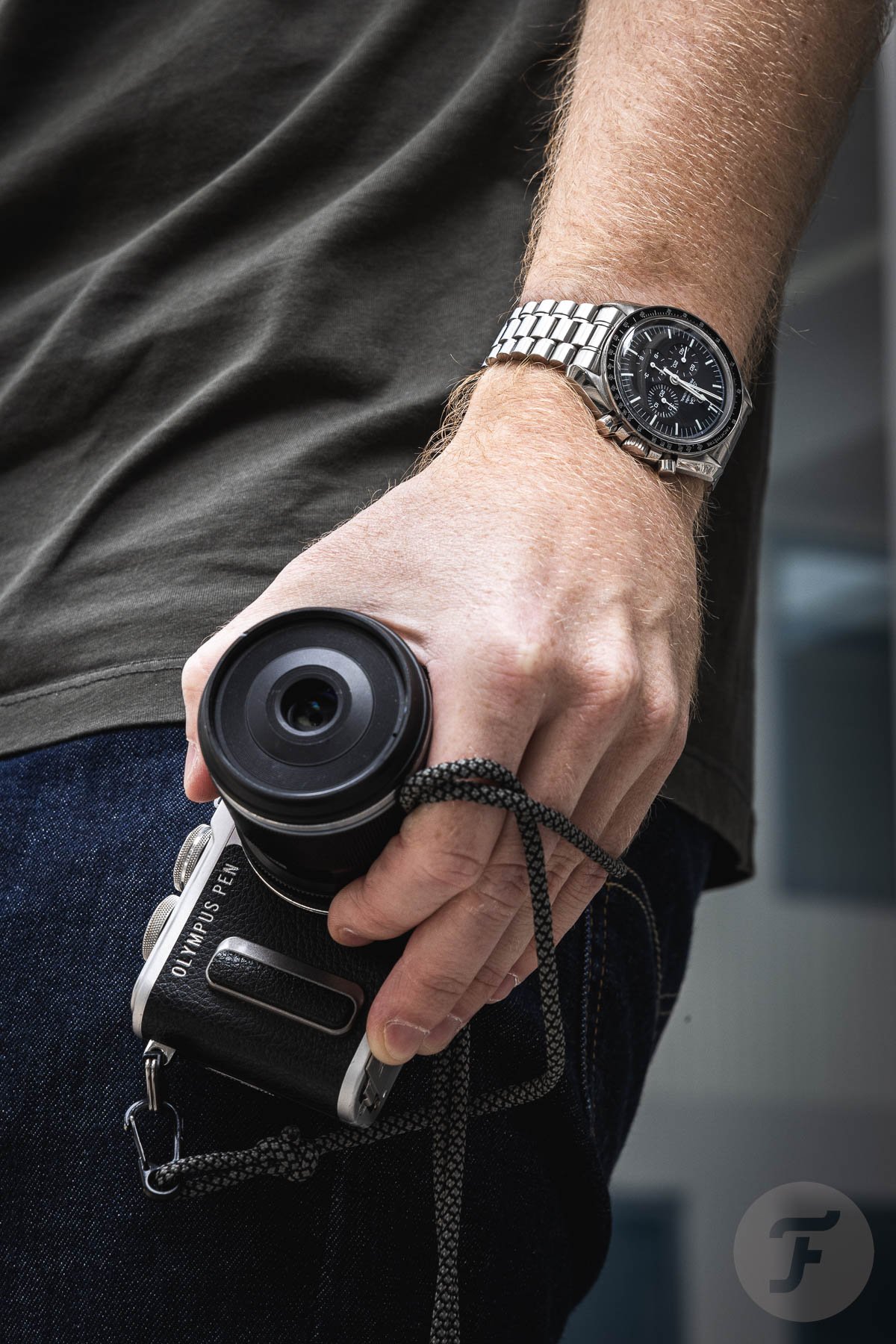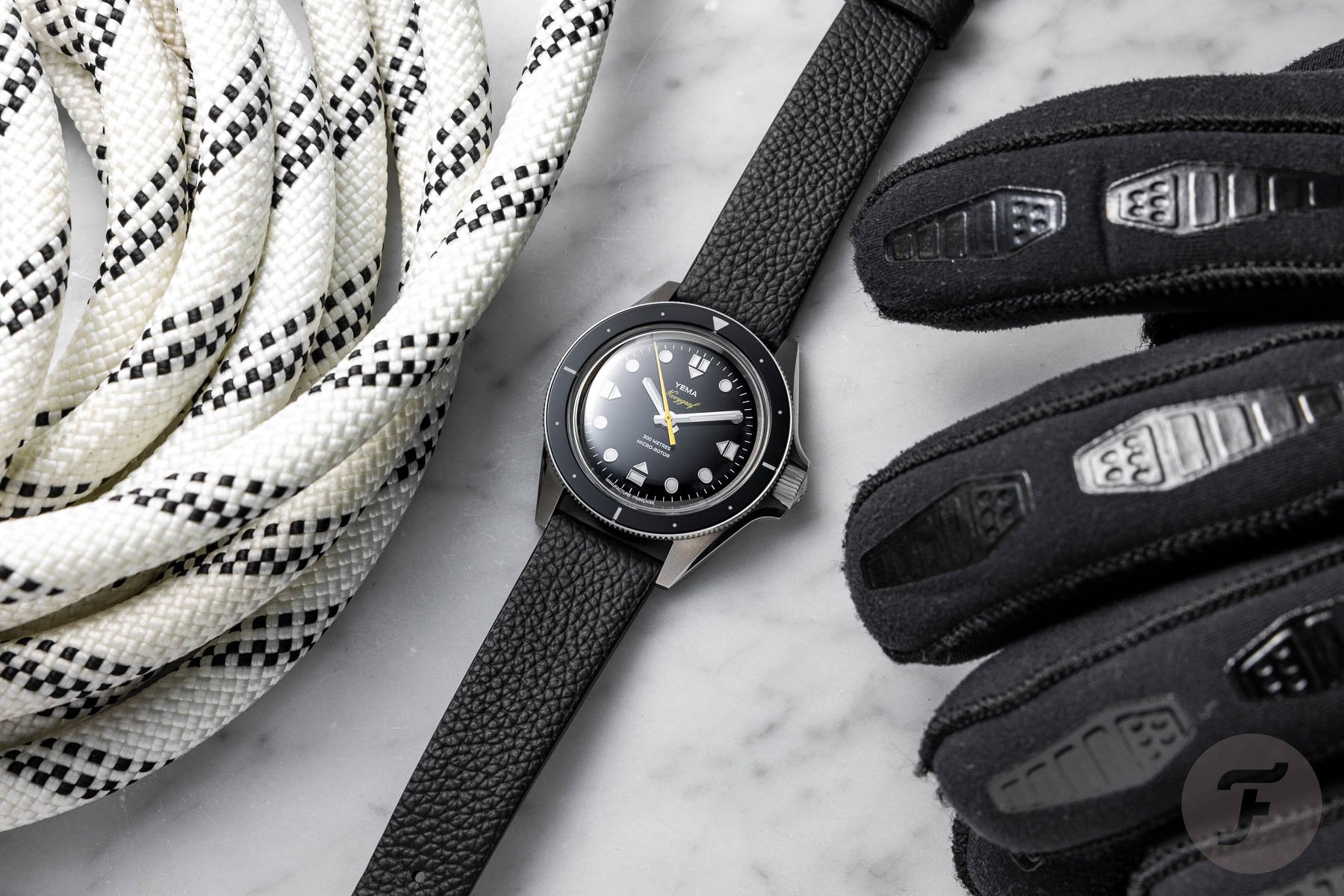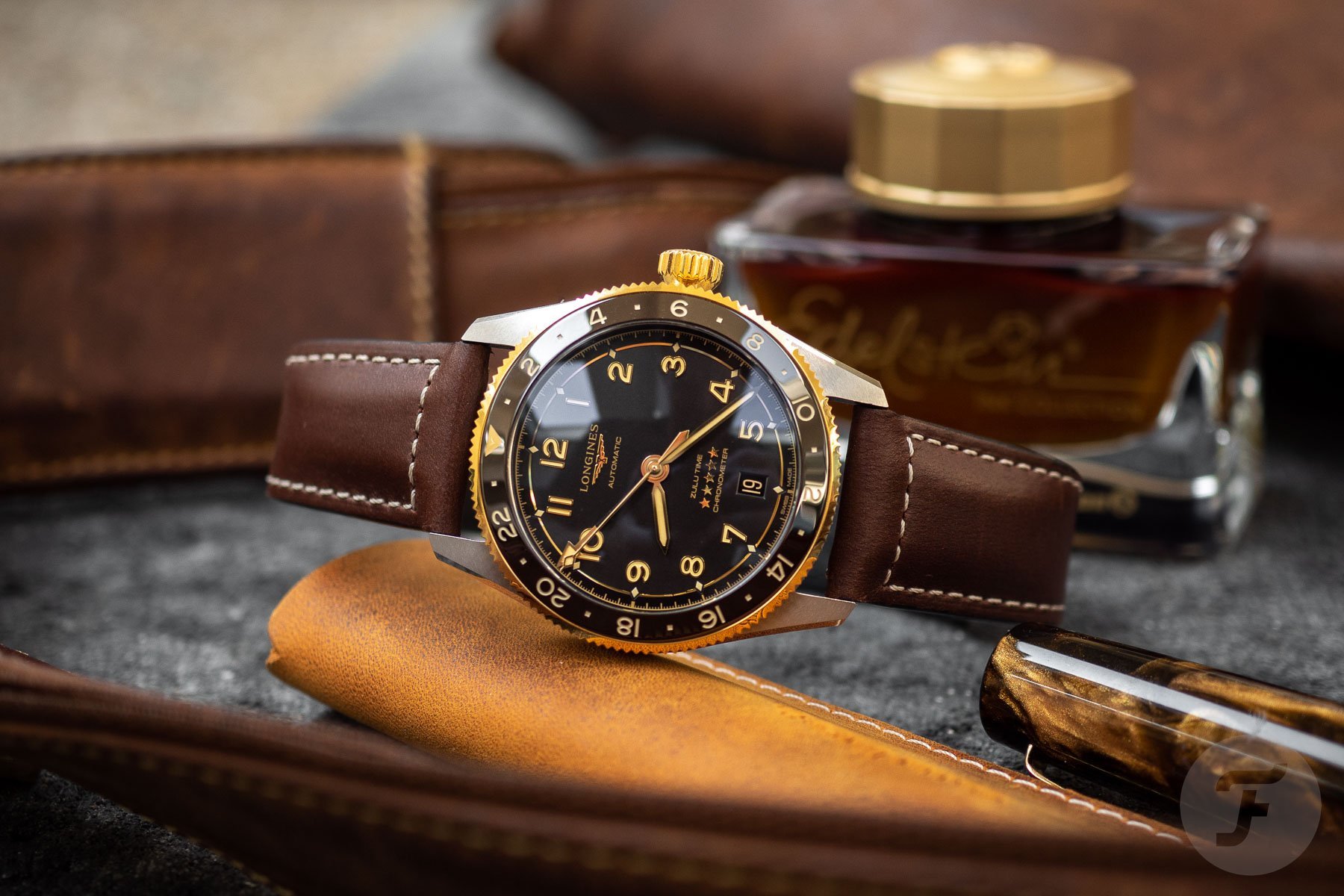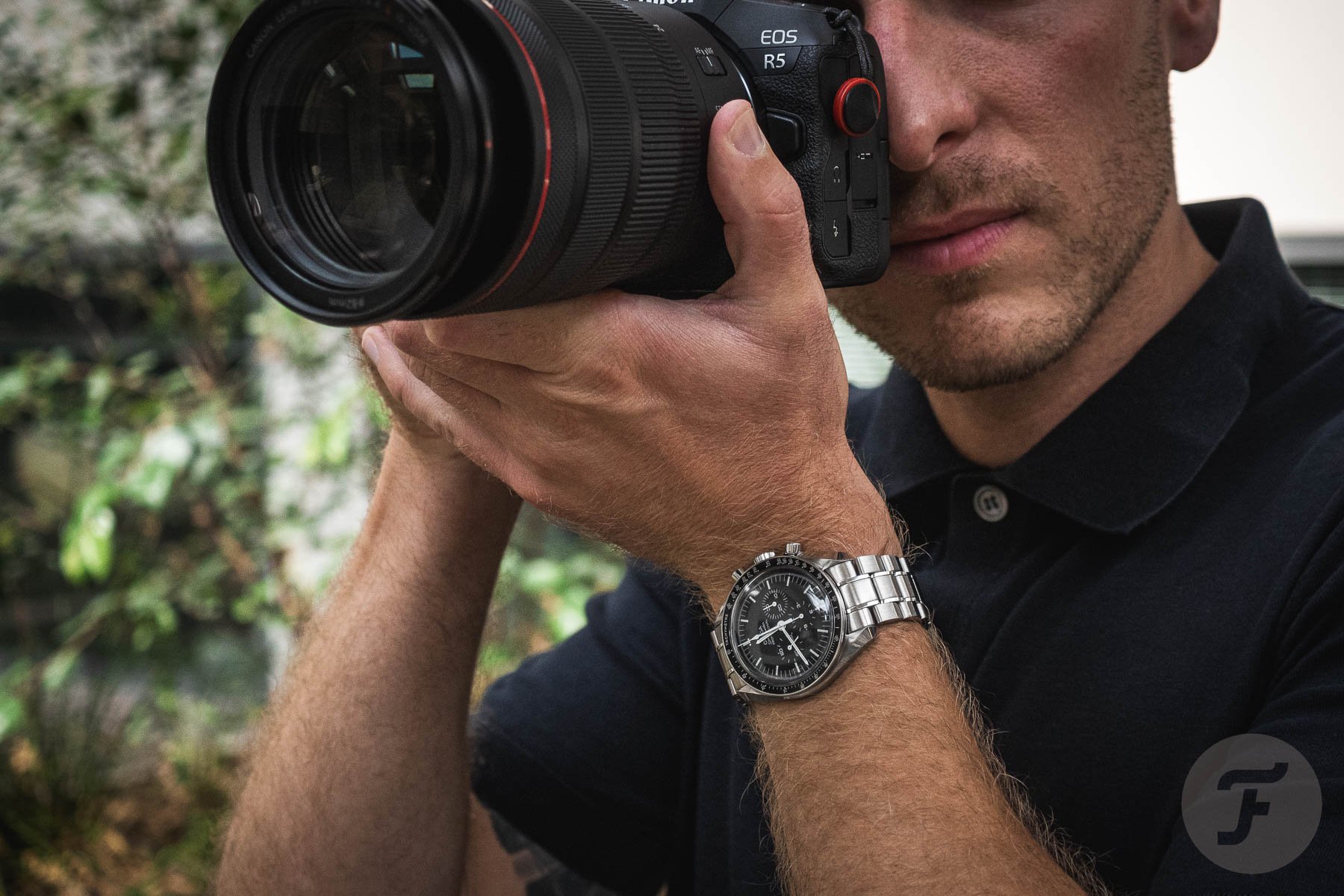Watch Photography For Beginners: The Gear To Get You Started Down The Right Path
Watch photography has come a long way in a short time. Not too long ago, a good photo was one where the watch was properly lit and sharp. Today, watch photography is a genre of its own with many creative sub-styles and trends. Social media has surely been a strong driver of that quick development. Now, all of those fancy shots can be intimidating. You might have a good camera, but you still don’t get the results.
Of course, it is a matter of skill more than anything. However, a few bits of gear can make life a lot easier. I am not qualified to teach the skills as I am merely a fledgling student of our own Morgan Saignes, as proven by my mediocre shots in this article. However, I can share some of the gear I picked up that helped me a lot.
Getting into watch photography
Before we get into that, let me quickly share what pushed me down the path of watch photography. I used to be quite a fanatical hobby photographer. In fact, I worked at a camera store as a teenager and even considered pursuing a career as a wildlife photographer. One of the roads not taken…
I eventually quit as I quite simply didn’t have a purpose for my photography. I loved the process, but I never really found an artistic outlet for it. I tried macro nature photography, urban photography, and even some artsy abstract stuff. However, not feeling the urgent need to shoot a specific subject, I eventually lost interest.
And then, last year, I started a watch microbrand. All of a sudden, I had a nearly infinite appetite for visual content. I want and need to show my watches to the world. Morgan did a fantastic job at the first shoot, but as a tiny startup, I cannot afford to have him produce content in the amounts I need. Thus, an old interest came back into view. Morgan graciously took me under his wing and taught me a thing or two, and I picked up some bits of gear that greatly boosted my shots. Skills-wise, I have a long way to go, but I can already share those bits of gear with you.
Watch photography is all about light
Of course, all photography is all about light. Watch photography, however, is a pretty technical discipline in which managing light is particularly crucial. When I made my first attempts, I would mix natural light with several different artificial lights. I found this gave me very little control and caused me to struggle to get predictable and accurate colors.
Getting some continuous LED lights made a big difference. If on a budget, you can get small panels, which is how I started. You set them to a specific color temperature, and you set the white balance of your camera to the same temperature. I use 5600 Kelvin for a neutral look that leaves me free to warm things up or cool them down in editing. If you work in a dark room where your LED panels are the only source of light, you get maximum control, and your colors will come out most usable. I quickly decided to upgrade to a pair of Godox ML60 II Bi lights. These are much more powerful and give me even more control. I can put one at a little distance to light up the entire scene, with a second more focused to highlight specific elements.
Note, however, how harsh and unappealing the light looks in the sample image above. The bottom half of the bracelet is hardly lit, and the shadows are extremely harsh. We need some reflection to fill out the bottom.
Reflecting light
The second piece of gear is the absolute cheapest — some pieces of foam board. Working with good lights in a dark environment already gives you great control. Adding some foam-board reflectors allows you to sculpt the light. If you use these properly, you can even get away with a single light source.
For instance, if one light comes in from the top left, even with diffusion, you may see the bottom right of your watch show up as black. Positioning a reflector can even it out nicely. If you are on a budget, a single LED panel and some bits of foam board should enable you to get eerily close to those sweet Morgan shots. Similarly, you can use these reflectors to cover up unwanted reflections in polished steel. If, for instance, your camera and hands are reflected in a polished case, you will struggle to edit it out later. A strategically positioned foam board panel can sort that out for you in advance.
As you see, the bottom half of the bracelet is now lighter, but everything still looks harsh and uneven. You would also have to edit the colors because the reflector changed the hue of the light. We need the next step — diffusion.
Diffusion in watch photography
Things clicked for me when I understood how Morgan uses diffusion. As you see in the examples above, it solves a lot of the issues we had before. The steel of the watch no longer looks off, with black and white stains, harsh and unattractive.
You can get cheap, foldable diffusers and place them between your lights and your composition. Alternatively, you can get something like a product-photography cone to surround your composition with one big diffuser. As you experiment with the distance between the light, diffuser, and subject, you will see the light become beautifully soft and less harsh. The steel looks much less mirror-like, getting a nice and even sheen. At the same time, it prevents reflections from showing up in polished areas. You can now also get those beautiful light fades in the crystal, referred to as “flecto.” Overall, the composition will be more evenly lit, with softer shadows that are much more pleasing to the eye.
As you see, the whole watch now looks smooth and appealing. If this were a serious shoot, I would add back a reflector to brighten up the bottom half of the bracelet, but I am sure you get the point.
The props that make watch photography great
Here’s another small investment — props. Setting your watches against nice backgrounds and surrounding them with some thematic props makes a big difference. In terms of backgrounds, I find it is worth considering both color and texture. For instance, you can use different surfaces and stack them for depth using diagonal lines to guide the eye and balance the shot.
I find the magic word to be “frequency.” In photography, frequency refers to the level of detail in a given subject. A blue sky has a low frequency, and a dog’s fur has a high frequency. You want to find balance and contrast. So, if you shoot a dress watch with an empty dial, you could use a background with a higher frequency, like knurled wood or a busy fabric. If your watch is intricate and detailed, you want to keep the background quieter. Alternatively, you can combine two materials of different frequencies and position the watch on the one that contrasts the watch best.
I find props work best when they share a theme with the watch. I don’t know about you, but I have had just about enough of seeing spilled coffee beans as decoration. Who puts their watch on a table with spilled coffee beans? It makes no sense. To me, the props should tell a bit of a story. I prefer when a composition looks as if it is just a snapshot of a real-life situation. It shouldn’t look overly fabricated.
Closing thoughts
There you have it — some gear that is easy to come by yet has the potential to improve your watch photography massively, Just for good measure, I will throw in two more. A cheap watch stand is worthwhile. You can cut off the foot and use the bow to shape the bracelet or strap. This looks much neater than a collapsed bracelet does. The last one is Blu Tack. This is great for keeping a watch upright or fixing stubborn props in your composition in place.
I could have written about cameras, but I feel poorly qualified to do so. I am, however, currently shopping for an upgrade to mine. If you would like me to cover how that goes in another article, let me know in the comments below.
For now, happy shooting! I hope these tips help you portray your watches in the best possible light!
Do you have any other tips for watch photography gear? Let us know in the comments below!

